Where did reading take you this year? is how goodreads posed my 2015 in books. So I’m going to share my reading list which is likely to extend into 2016, and ask you dear reader to share yours too.
Making and exchanging reading lists is one of the ways to stay engaged with others in literature, to tap into the reasons why readers and writers love books, and to understand how we fall in love with the worlds that literature imagines for us, especially creative works of fiction, poetry and nonfiction.
Here are some of the important books and authors I’ve read at some point in 2015. I hope you find them delightful.
Jazz works/novels/poems
Helen Oyeyemi, Mr. Fox. Charming, clever, inventive, mixing British Gothic (think Frankenstein and the earliest types of serial killers like Bluebeard) with Yoruba mythology and magic. Begins with the epistolary form, then goes into fantasy, meta-fictional, while exploring the “what if” in experimental and improvised ways. The sections where Helen uses collage as a narrative technique read like jazz. If you read this book along with Toni Morrison’s Jazz novel and Ishmael Reed Mumbo Jumbo, you’ll get a good sense of bricolage, trickery via subversion and how the oral tradition plays a significant role in the written form. Add on Jayne Cortez’ poems and conclude your jazz reading with Beyond Category: The Life and Genius of Duke Ellington by J.E. Hasse and your knowledge of how composition and creativity develop will take on a new meaning.
Science fiction/speculation
All of Octavia Butler books especially the Patternmaster series. And when you’ve done that, reread Octavia Butler. Proceed to Samuel Delany, Nnedi Okorafor, Nalo Hopkinson, Margaret Atwood, and Ray Bradbury. See how these masters and mistresses explore race, identity, difference, technology, the past and future. See what shapes their visions and conjuration. Of course in this list I’m cheating a little bit; I didn’t read all the works of these authors in 2015, but it was this year that they crystallized into a very special category.
Literary fantasy/magic realism
Salman Rushdie especially Midnight’s Children. Some of my friends say Shame is the novel. Others pick out The Enchantress of Florence, The Moor’s Last Cry, or Satanic Verses which for some mysterious reason I can’t seem to finish. Anyhow, I like his view of The Wizard of Oz–a story of exile rather than escape from reality. There’s a sentence from Midnight’s Children about the magicians in the novel as “people whose hold on reality was absolute; they gripped it so powerfully that they could bend it every which way in the service of their arts, but they never forgot what it was.” Absolutely fascinating. In short, that’s what tricksters are or do. All of Haruki Murakami. Jose Edwardo Agualusa, especially The Book of Chameleons. I’ve stopped counting the number of times I’ve returned to this particular book. If I’m to be buried with a single book this might be it. Okay, I exaggerate. But. It’s unique and innovative, features a gecko as the narrator who lives with a man who sells people pasts. Their presents and futures are solid but their pasts are shaky and questionable. So, Felix Ventura specializes in making up credible pasts for his clients. He is so good at his game that the clients begin to believe and perform their pasts. It is witty and absurd. On the one hand the book offers healing and how to cope with trauma which the Angolan people have gone through during the hard times of war. On the other hand, personal and national histories are reinvented every so often that no one knows the facts anymore. Amnesia abounds–or so it seems. Jose plays with the link between history, fiction, fantasy and memory. In an interview Jose suggests that he imagined the talking and witty gecko as Borges coming back to life, and given a second chance in a non-human form. I thought that if I were to bring a writer back from the dead in one of my stories, Ernest Hemingway, for instance, he would be a dolphin; tender, social, like to hang around people, water, very different from the Hemingway some knew, but maintain his capacity for imagination, minimalism and great storytelling. I get carried away. Yann Martel lingers here with Life of Pi, Jose Saramago’s Cain, Gloria Naylor’s Mama Day, Roberto Bolano’s Distant Star, Fumiko Enchi’s Masks and of course, Franz Kafka. Ben Okri is at home here, Amos Tutuola, Chris Abani, Aimee Bender and Angela Carter.
Creative nonfiction
In a world swimming in books, or the other way round, you’ll be surprised how hard it is to find engaging creative nonfiction books. The essay form is the worst. Here are two exceptions: Zadie Smith’s Changing My Mind: Occasional Essays and David Foster Wallace‘s Consider the Lobster and other Essays. I sense that these two authors approach their work with craft and understatement on their minds. They come across as witty, genuine and introspective. Zadie highlights various cultural and intellectual sources: her father, Barthes, Kafka, Nabokov, E.M Forster, and so on. In the final essay she salutes David Foster Wallace and you’ll see why when you read the essay. Other delights include Elizabeth Gilbert’s Big Magic (scours sources of inspiration and creativity), Mary Karr’s The Art of Memoir ( a seasoned writer in this genre so you can trust her word), Barry Lopez’ Arctic Dreams (imagination and landscape in conversation), and Jared Diamond’s Guns, Germs, and Steel. Jared’s book begins with a question that not only provides 400 plus pages of explanation but also reveals important information about the development of human societies.
Stay tuned for more. Blues novels coming. Happy Holidays.
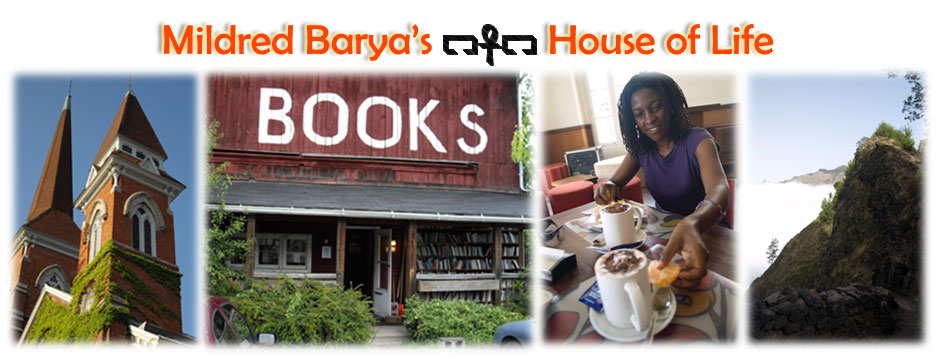
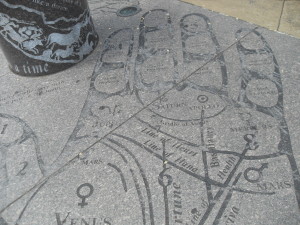
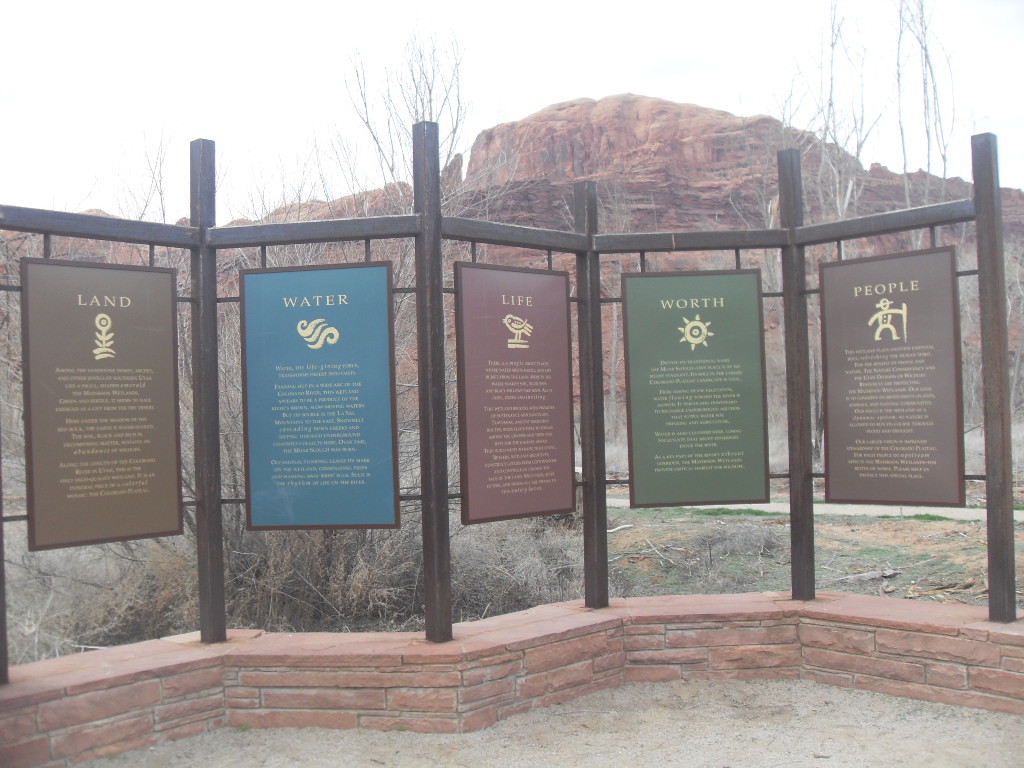
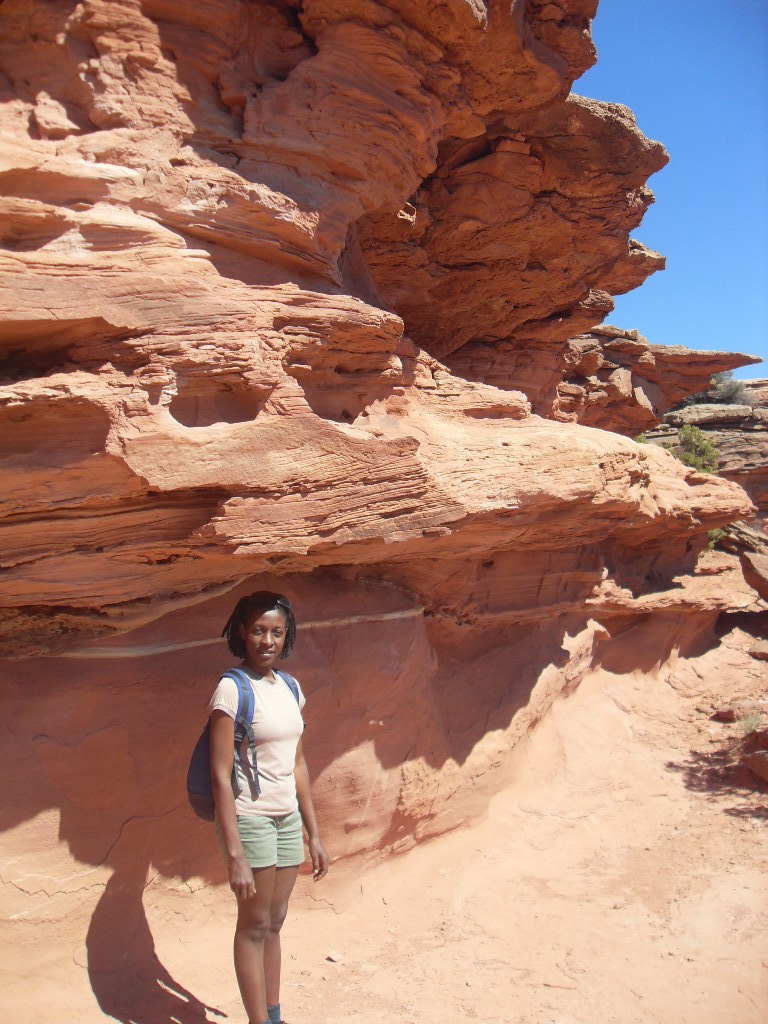
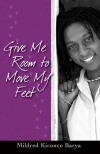
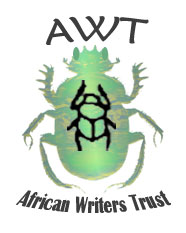
No comments yet.